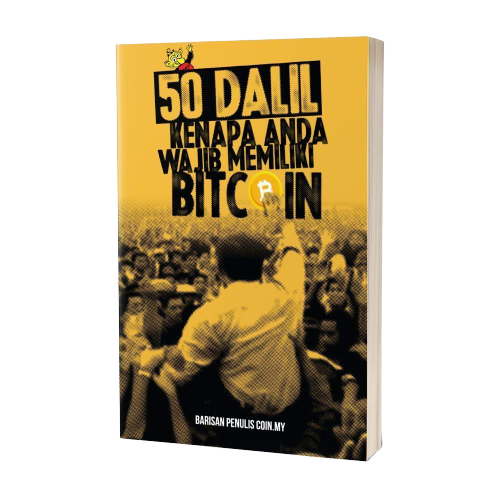
The Ethereum Split: How did it Happen? (Part I)

Everyone is waiting with bated breath for the outcome of Bitcoin come August 1. Will a split occur? Or will the SegWit2x protocol gain enough support from both the miners and core group? If the support for the protocol exceeds the 80% threshold set, the network can very well avoid a split.
Following the drop of the cryptocurrencies market over the weekend, Bitcoin is gradually recovering and making its way up again. The price of Bitcoin rose to as high as USD$2,387 and is now trading within the USD$2,300 range.
Whether a split will happen or not is still a matter of contention. Although it seems similar to what happened within the Ethereum community. If you were aware of cyptocurrencies then, you would have been a spectator to it. You might even had a stake in it. So let’s refresh our memories on what happened then, and we might be able to have a vague idea on what will happen to Bitcoin.
The formation of DAO
First of all, similarly with the debate between miners and Core of Bitcoin, the battle between Ethereum (ETH) and Ethereum Classic (ETC) is both an ethical and ideological one. The entire ecosystem of Ethereum works on the basis of smart contracts. Smart contracts are automated contracts that enforce and facilitate terms of the contract without human interference.
Then, in April 2016 the DAO (Decentralized Autonomous Organization) was launched. The DAO was a complex set of smart contracts that exists in the Ethereum blockchain. The underlying principle of the DAO was to ensure that the power were in the hands of the owners of the DAO, instead of the directors or fund managers. This way, investor funds will be put solely into the development of the projects and would not be misdirected or wasted.
So, in order for you to officially be part of the DAO system, you would have to buy “DAO tokens” for a certain amount of Ether. Only then you would have a say in the direction of the DAPPS. These DAPPS are those that are approved by the curators in the Ethereum network. DAO token holders are now able to vote on the whitelisted DAPPS, and if they receive more than 20% approval votes, then the DAPPS will get the funds required.
An option for those who suddenly decide they want to opt-out from the DAO was also made possible. Through an exit door called “Split Function”, you can retrieve the ether you have invested. However, you would have to hold the ether for 28 days before you can spend it. Another side effect of the exit door is the fact that you can split off from multiple DAO token holders and create your own “Child DAO”. In fact, the attack on DAO made use of child DAO to drain more than 3.6 million in funds.
In the next post: The attack on DAO




